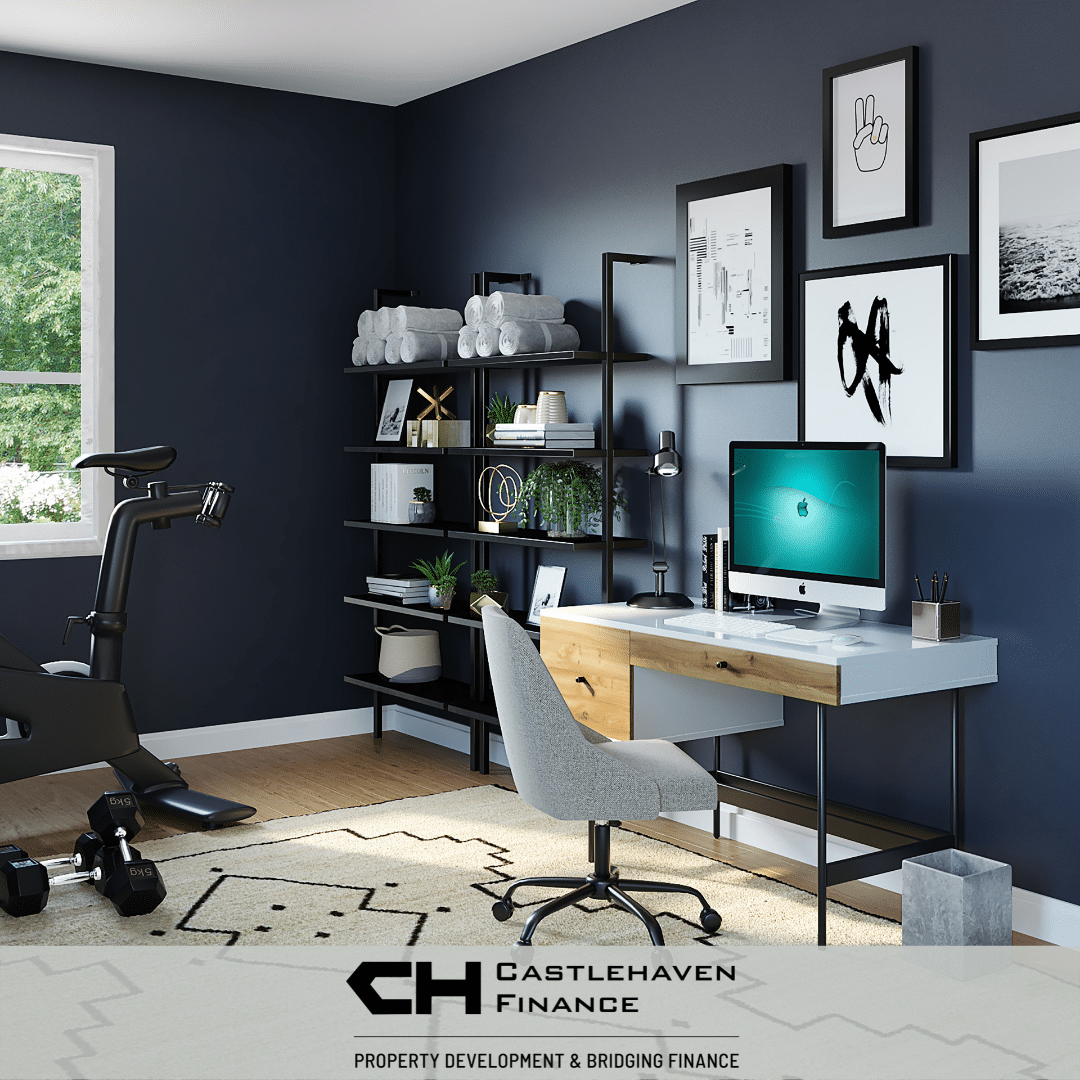Design Trends for 2022: New Homes
12 months ago, the design changes for new homes prompted by Covid-19 felt temporary; as we approach 2022, it is clear that the pandemic has changed how and where we live.
Prior to the pandemic, most people lived busy daily lives, always on the move for work, social or leisure activities. Over the past almost two years, our respective worlds have become increasingly small. Whether you feel like you are working from home or living at your workplace, how we use the space around us has changed.
Spending so much time at home has given most people time to consider what works and what doesn’t. Also, it became abundantly clear very early into lockdown number one that contemporary homes are designed for families to be together. This is ideal for lazy weekends and festive holidays, however, it simply does not allow for more than one adult working through video calls, while homeschooling takes place at the end of the dining table. Family togetherness has taken quite a different shape over the course of the pandemic.
Unsurprisingly, we are starting to see design trends emerge for new homes that address some of these new concerns. Additional space, flexibility of that space and access to outdoor areas have become the key requirements for new occupants – both homebuyers and tenants.
With an element of working from home likely in the new hybrid future of work, homebuyers have greater options about where they live and how much further they are willing to commute, if only for two days each week. While this will have a positive impact on rural towns and extended suburbs, it also puts greater demands on the functionality of the home. For the foreseeable future, occupants will need for their homes to facilitate living, working, socialising, exercising, mindfulness and multi-generational entertainment. ‘Home working’ may need to facilitate a number of adults and a number of children, all engaging in their respective phone or video calls.
New homes builders and developers will need to rise to the challenge of meeting the demands of these new lifestyles, which are home-centred. The changes required will likely be both structural and aesthetic. In terms of layout, the open-plan design of previous decades is being shunned in favour of private spaces. Space within the home is more likely to be ‘zoned’ and it will need to be multi-functional. Home offices are an absolute priority, however, one is unlikely to be enough. Custom-built work and remote learning stations are one way to address this in smaller homes. Recent innovations in visually beautiful acoustic panels will certainly help with this. Similarly, workout space that might previously have been unnecessary in the home is now high on the list of priorities for would-be homebuyers.
In addition to the increased functionality required, homes also need to be more comfortable and generally more pleasing, which explains the massive boost to the plants and DIY sector in Ireland this year!
Some home builders in Ireland are doing this very well, providing garden rooms or getting creative with previously underused spaces like attics, alcoves or under the stairs.
With offices in Dublin and Cork, Castlehaven Finance has provided development finance for both private and social housing to developers, builders and project owners across Ireland in excess of €1.7 billion (200+ loans) since 2014. Speak to the Castlehaven Finance team about your next commercial or residential development project https://www.castlehavenfinance.com/contact
